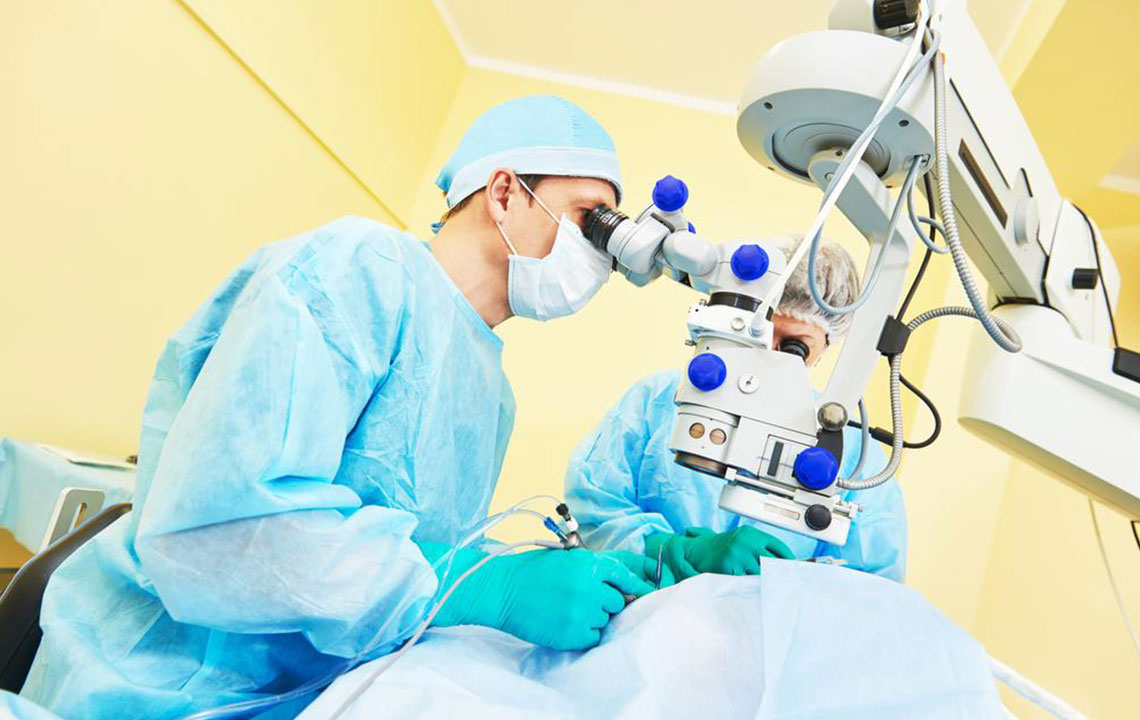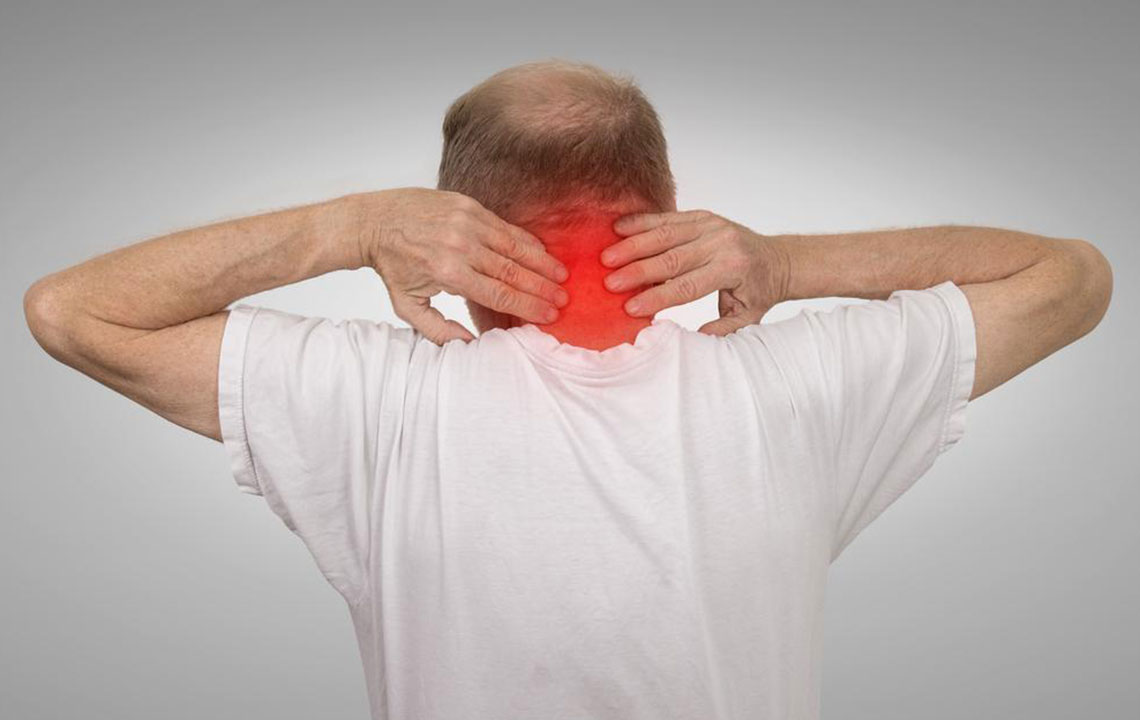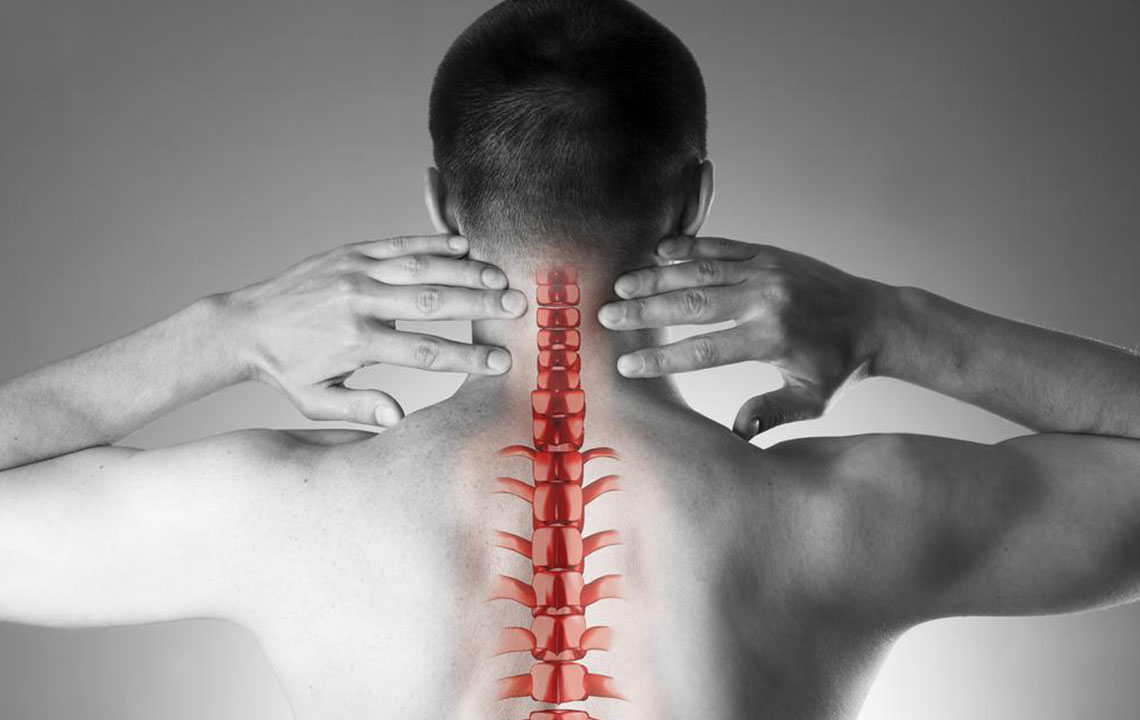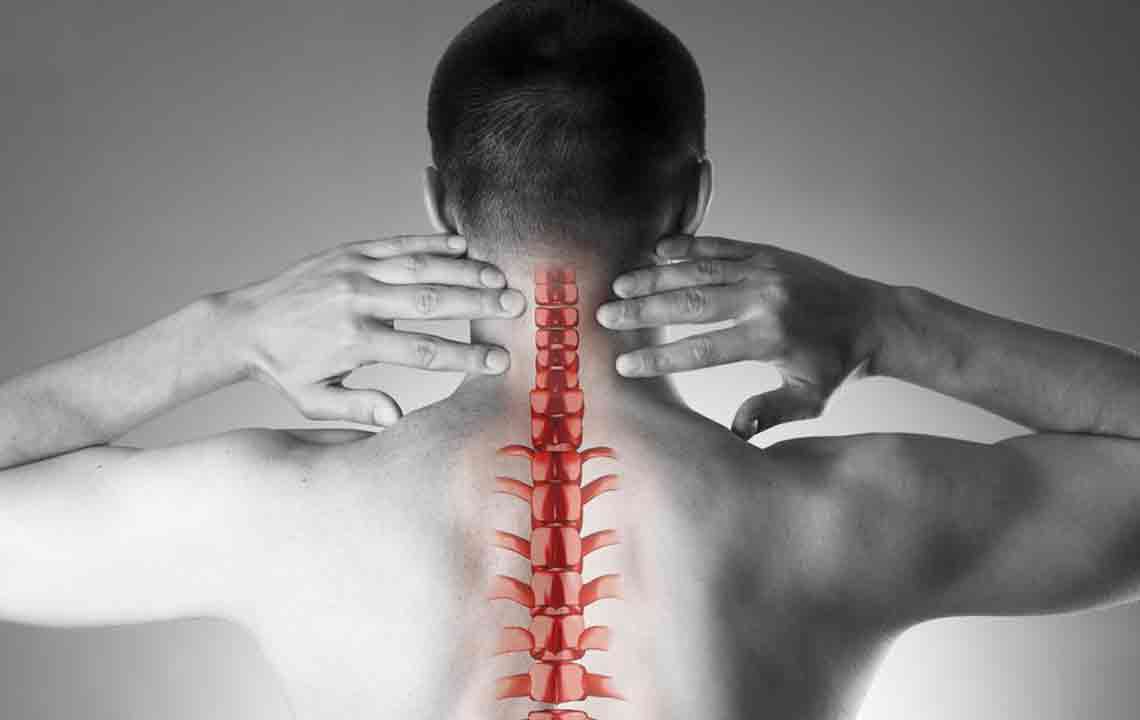Cutting-Edge Treatment Strategies for Spinal Stenosis and Associated Disorders
This comprehensive article explores the latest and most effective treatment options for spinal stenosis, including minimally invasive surgical techniques like laser spine surgery. It discusses the symptoms, affected regions, risk factors, and personalized treatment strategies, emphasizing technological advancements that improve patient outcomes. Ideal for patients and healthcare providers, this guide highlights innovative therapies and ongoing research aimed at restoring spinal health and mobility. Stay informed about modern approaches to improving quality of life for those suffering from spinal stenosis and related conditions.

Cutting-Edge Treatment Strategies for Spinal Stenosis and Associated Disorders
Spinal stenosis refers to the narrowing of the spinal canal, a condition that by itself may often be asymptomatic. However, when the narrowing compresses the nerves or spinal cord, it can trigger a wide range of debilitating symptoms. These symptoms include chronic pain, significant reduction in mobility, and difficulties with everyday activities such as walking, sitting, or leaning backward. As medical technology advances, a variety of treatments, especially minimally invasive surgical procedures like laser spine surgery, have become viable options for managing and alleviating the discomfort associated with spinal stenosis.
The clinical presentation of spinal stenosis varies depending on the affected region of the spine. The condition can occur in three primary areas:
In the cervical spine (neck), nerve compression may produce pain radiating into the shoulders, arms, hands, and fingers. Patients often experience numbness or tingling sensations alongside weakness in these areas.
In the thoracic spine (mid-back), the narrowing can lead to pain around the ribcage, sometimes accompanied by a sensation of tightness or discomfort in the chest area.
In the lumbar spine (lower back), symptoms are often characterized by pain and discomfort in the lower back, which can extend to the hips, buttocks, legs, and even the feet. Such symptoms can significantly impair daily functioning and quality of life.
Advancing age remains the most significant risk factor for developing spinal stenosis. With aging, spinal tissues tend to thicken, and degenerative changes such as osteoarthritis and rheumatoid arthritis may exacerbate the narrowing of the spinal canal. These degenerative processes lead to increased pressure on nerves and the spinal cord, resulting in pain and neurological symptoms. For instance, sciatica, a common condition linked to spinal stenosis, manifests as burning pain, tingling sensations, muscle spasms, and weakness that radiate into the hips, buttocks, and legs.
Another related problem is myelopathy, which occurs when spinal cord compression in the neck area impairs coordination and motor functions. Patients suffering from myelopathy may experience difficulty walking, shooting pains in their limbs, and a feeling of heaviness or numbness, all of which significantly impact their independence and daily life.
Addressing spinal stenosis requires a personalized treatment approach tailored to the severity and specific symptoms of each patient. The initial management typically involves conservative strategies aimed at pain relief and improving function. These strategies include physical therapy, medication, and lifestyle modifications. When conservative therapies prove ineffective after approximately six weeks, surgical interventions are usually considered. Among the most innovative options are minimally invasive surgical procedures, including laser spine surgery, decompression, and stabilization techniques. These modern surgical methods aim to reduce recovery time and minimize tissue damage compared to traditional open surgeries, providing effective relief for many patients suffering from spinal stenosis and related conditions.
As medical technology continues to evolve, more patients now have access to advanced surgical options that can significantly improve their quality of life. Innovations such as laser-assisted neurospinal procedures, endoscopic decompression, and other minimally invasive techniques are revolutionizing how spinal stenosis and its related complications are treated. These advancements not only offer effective symptom relief but also reduce hospital stays, lower complication rates, and promote faster recovery, enabling patients to return to their daily routines sooner. Also, ongoing research into regenerative treatments and biologics holds promise for future therapies aimed at repairing degenerative spinal tissues and restoring normal function.
In summary, understanding the diverse manifestations of spinal stenosis and staying informed about the latest treatment options is essential for managing this condition effectively. Whether through conservative management or cutting-edge surgical techniques, patients now have access to a range of therapies tailored to their specific needs, helping them regain mobility and reduce pain more effectively than ever before.





